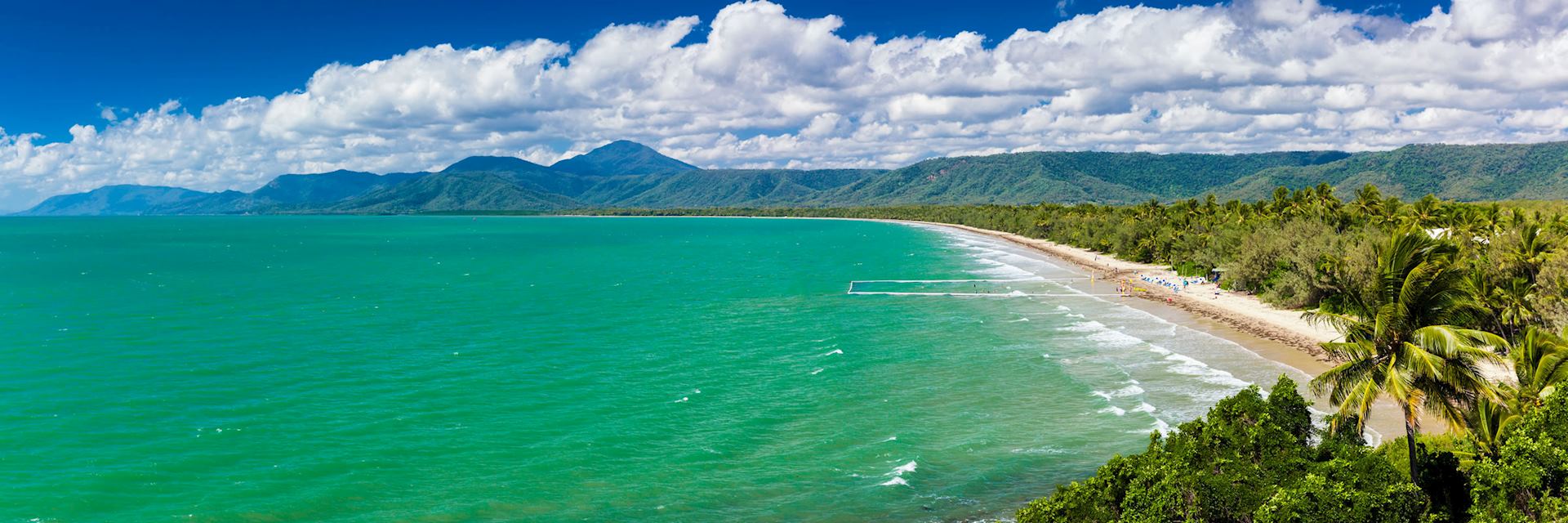It goes without saying that our specialists have deeply felt connections to certain countries, but here we’ve asked members from across our teams to identify a particular place that speaks to them. Somewhere that they’ve found themselves inexorably drawn back to, again and again. Interestingly, many are cities — oft-maligned cities, at that.
Here, they recount how they first came to their special place. They’ll also share their knowledge for how to tap into its heart, seeing things that most fly-by-night visitors won’t ever come across — all of which could provide inspiration for your future travels.
Cairo, Egypt
By Sarah
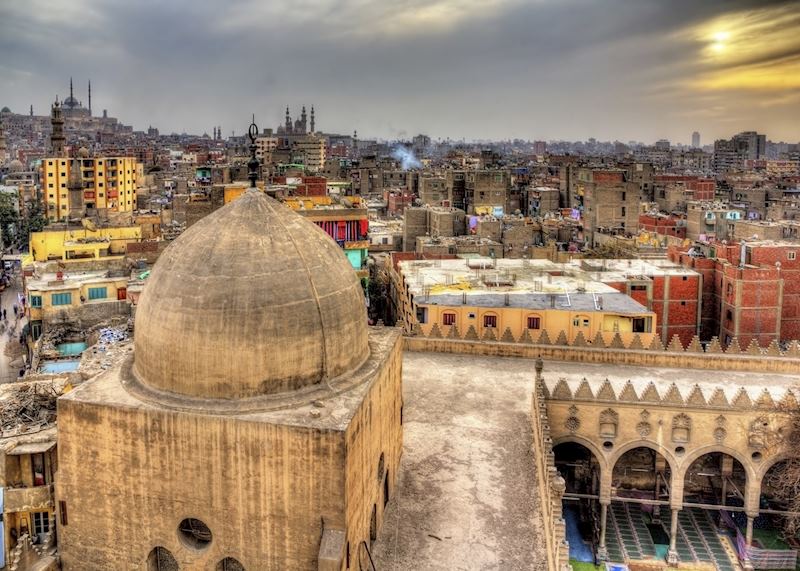
Cacophonous and chaotic, Cairo can be overwhelming. It’s a jam-packed, frenetic city and drivers here use their horns freely and often. Many visit the pyramids at Giza and the Egypt Museum and then try to get out of Cairo as quickly as possible. That’s a shame, because the city has plenty more to offer, so I suggest spending at least two days there.
I have loved Cairo ever since I lived there 20 years ago as a student studying Arabic. I’ve returned many times over the decades and I always take time to visit Coptic Cairo and the Islamic Quarter, which both remain unchanged since the Middle Ages. Churches, mosques, city gates and shops crowd together on streets too narrow for cars and the roar of the traffic is muted to a distant grumble.
The Islamic quarter offers the city’s best examples of medieval architecture. More than 1,000 years old, the Ibn Tulun Mosque is the oldest intact mosque in the city and its crenelated walls surround a vast interior courtyard. The recently restored Bab Zuweila is one of the rare remnants of the original fortifications, dating back to the 11th century. Nearby, the tentmaker’s bazaar is filled with stalls where men still hand sew brightly appliqued tents and cushion covers.
In the evenings, I like to stroll through the quiet streets of Gezira, an island in the middle of the Nile, stopping for a late meal at a waterside restaurant like Sequoia. From there, you can watch the sun set over the river, where the hazy orange glow lights up the city’s skyline.
Saint Lucia, the Caribbean
By Annabel
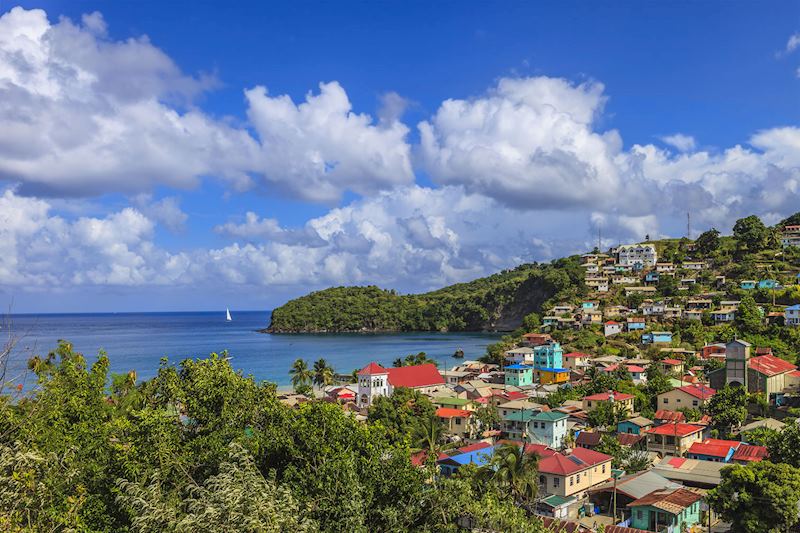
My family love the Caribbean and some of my earliest memories are visiting my mum’s apartment on Tobago. Back in those days there were no direct flights, so we’d travel via a different island each time. Although direct flights now run, I still enjoy island-hopping my way across the Caribbean.
Saint Lucia is an island I keep coming back to, with the relatively undeveloped south a particular draw. The streets of Soufrière, the old capital, are lined with 18th-century buildings and if you get out to the surrounding villages, you won’t see many signs of tourism among the stalls piled high with garden-picked pomelos and mangoes.
Beaches here vary from dark silvery sands to sparkling white coves and classic Caribbean golden sweeps. Recently, I stayed at Ti Kaye Resort and Spa on the west coast and discovered some of the best snorkelling I’ve seen in the Caribbean. Just a few strokes from the beach I was surrounded by a swirling mass of marine life, from schools of jack fish to fluorescent trumpet fish.
If you just stick to the beaches, you’ll miss so much. The pitons, which shoot straight up from the southern jungle, are a real source of pride for the islanders. Located right between them, Fond Doux is a 250-year-old working cocoa plantation where guests stay in a series of French Colonial plantation cottages. The cottages are set in gardens that showcase Saint Lucia’s traditional crops including bananas, mangoes, yams and, of course, cocoa.
Delhi, India
By Sophie
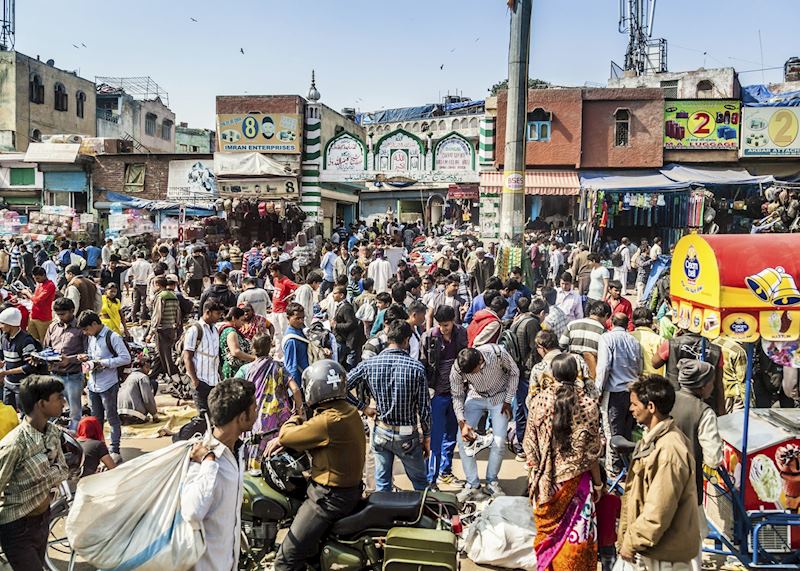
Each year I spend a few nights in Delhi before heading off to explore a new patch of India. Many people whisk themselves straight out of the city, off to the Mughal forts of Rajasthan or on a connecting flight to Nepal or Bhutan. Ever since I first arrived in India, as a curious English teacher, I’ve found that India rewards slow travel — give Delhi a little time, and you’ll be sipping chai like a local.
Every year I make a new list of the things I’d like to do in the city. One thing I always revisit is a guided food walk through Purani Dilli (Old Delhi). There’s always a stall or hatch that’s opened up, with a new chutney or chai recipe — last year I tried one with rosewater. While Delhi’s developing at speed, this is one corner that will always be a kebab-grilling-parantha-frying warren of street food, where I’ve watched older family members teaching the next generation their techniques.
To start off a day in Delhi, I recommend taking a private yoga class in Lodi Gardens. In the calm of the early morning, you’ll be guided through a surya namaskar (sun salutation), while surrounded by neat lawns, flowerbeds and the tombs of 15th-century sultans. You could then get hands-on at lunch by helping to roll out chapattis in the volunteer kitchen of Gurudwara Bangla Sahib, Delhi’s gilded-dome Sikh temple. I’ve met some fascinating people while sitting cross-legged on the cool marble floor, eating with the rest of the volunteers.
Port Douglas, Australia
By Katie
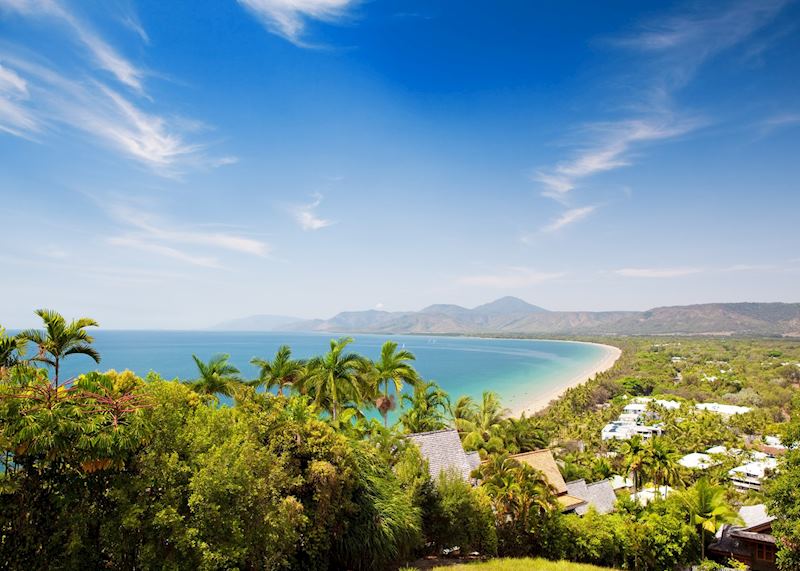
Port Douglas — a town abutting the Daintree Rainforest and looking out to the Great Barrier Reef — is my boomerang place. I initially visited for five days, and ended up staying for two years. I’d move away, to see more of Australia, but always come back to live and work there. My daily commute? Walking along Four Mile Beach, breathing in the scent of frangipani carried on the ocean breeze.
When I return, I fall happily into my old rhythms: lounging in Anzac Park at sunset with a picnic, or idling in the park’s Sunday morning markets. First-time visitors shouldn’t hesitate to come and mill around the crafts and food stalls, perhaps trying a freshly squeezed tropical juice (I love the lusciously chocolately black sapote fruit). Then, seek out Port Douglas’s petite timber church, St Mary’s-by-the-Sea. The window behind the altar offers a panoramic view over the Coral Sea, and the Great Barrier Reef beyond.
If I had one tip for anyone planning to spend time in the area, it’s to experience a tour with the local Kuku Yalanji people. 20 minutes from Port Douglas lies Mossman Gorge, an area of the Daintree bisected by a river spliced with huge granite boulders. Here, you can go on walks with Kuku Yalanji guides who’ll show you their clan’s deep-seated relationship with the rainforest, in particular the medicinal properties of its plants.
You’ll pluck the leaves of a soap tree, mix them with water, and watch as a lather forms in your hands. You can also swim in the gorge’s freshwater pools — the water is crystalline and (crucially) croc-free.
Santiago, Chile
By Chloe

Santiago’s often compared to the overtly sultry, showy Buenos Aires — and unsurprisingly, it usually comes off looking a bit dull. I say, don’t discount Chile’s capital until you’ve spent a couple of days in situ. I lived there during university, and after graduation it drew me back like a magnet. Since then I’ve revisited Santiago with Audley — and I’m next heading back in October.
So, what’s its appeal? It’s hard to pin down. I like how self-contained the city is: you can walk around its downtown in a day. Despite an influx of development and ever-shinier skyscrapers, its main sights — its museums, markets and arty districts — aren’t touristy. English isn’t prevalent (good news for aspiring Hispanophones), and it’s easy to wander absently into a quiet residential quarter, full of ordinary Chileans going about their business. Plus, the sometimes-snowy Andes are right next door — and Santiago is full of cerros (hills) with summit platforms offering front-row seats.
When I go back, I head to Barrio Italia, an area brimming with independent shops and cafés, and quirky little places offering crafts workshops — you can spend a contented afternoon here sipping coffee and making a mandala (a dreamcatcher for indigenous South Americans). I’ll also ride the cable car (which only opened last year) up San Cristóbal Hill for the best view of the Andes.
Then, I’ll investigate the city’s newest crop of restaurants. In the years since I lived here, I’ve noticed how Santiago is branching out from its staunchly South American food scene, and embracing everything from Indian cuisine to veganism.
Bangkok, Thailand
By Mark
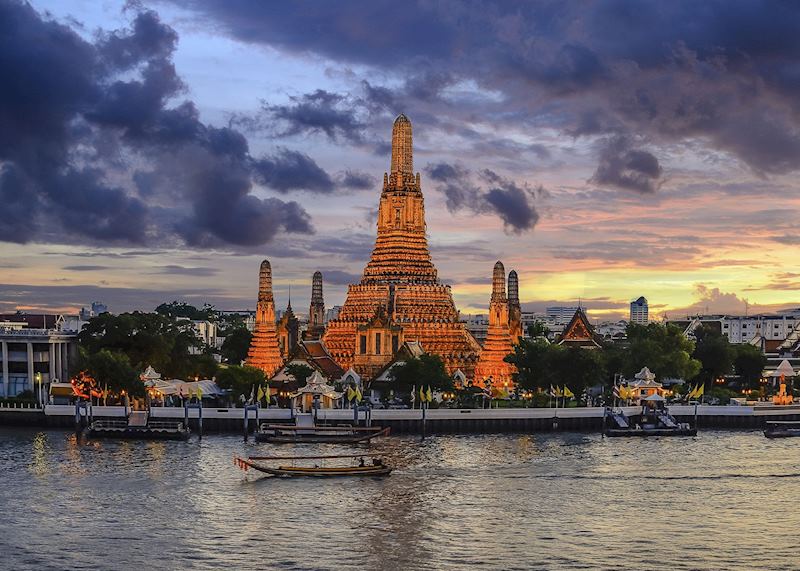
On my first visit to Bangkok I didn’t like it at all. I arrived by bus into a dark, humid city at 5am without a clue where I was going. This was before mobile phones and I used a basic map to navigate to the touristy Khao San Road. Having now been back time and time again, I’ve gotten to know this city of juxtapositions. It’s hot, sticky, super-busy and super-fast, but you can walk around the corner to the pure calm (and air conditioning) of a temple.
Unless you know where you’re going, it’s easy to just whiz straight to the Grand Palace and the gleaming Wat Arun. Do this and you’ll miss the up-and-coming, creative side to the city that slips right past most people. I was back in May and explored Charoenkrung, a district to the south of that city that’s developed into such an artistic hub it’s been called the Berlin of Asia.
You can stroll into pop-up art galleries, design institutes and sculptors’ studios. A wealth of young artists, photographers and craftspeople live here in trendy loft houses and apartments, creating contemporary work that’s very different to the scenes of Bangkok painted for tourists in the souvenir markets.
All this creative energy has fed into the food scene, with an innovative range of restaurants and cafés popping up to meet demand. I tried 80/20, an open-plan restaurant furnished with lots of refurbished wrought iron and reclaimed wood. The menu promises that 80 percent of the ingredients are sustainably or locally sourced, and may include locally caught river prawns, catfish or crickets.
Was this useful?


